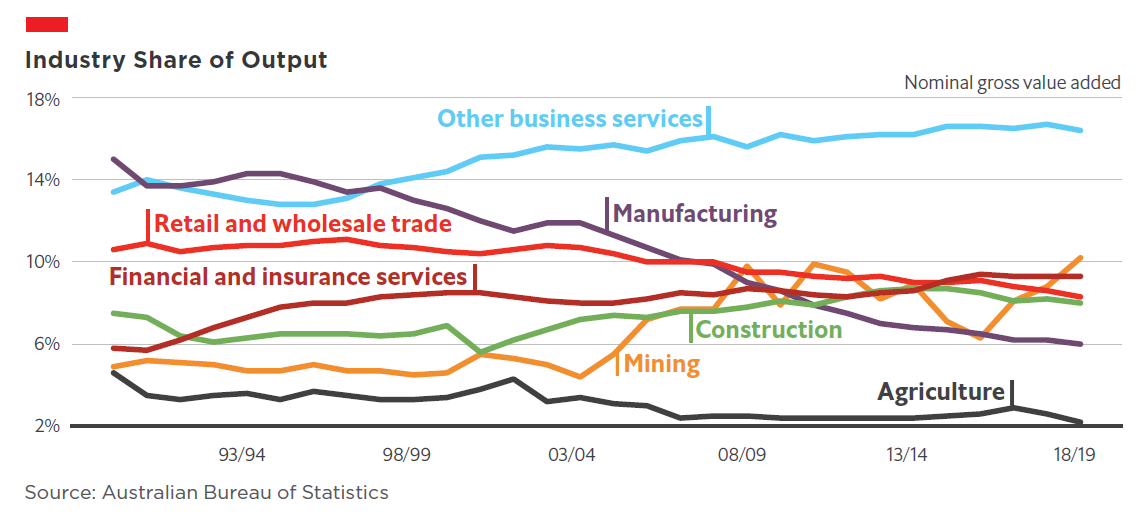Prior to the covid-19 pandemic, Australia was undergoing an infrastructure boom, with over A$200bn1 (US$139bn) in projects under construction. One of Australia’s longstanding challenges was keeping pace with the rate of growth, particularly in transport infrastructure.
Critically, when the pandemic broke out, construction was declared an ‘essential service’ by the federal government. Work was permitted to continue, with social distancing measures applied. This came as a relief to many in the infrastructure and construction sectors, as site workers cannot work remotely, and many construction projects were being halted globally. New Zealand and Singapore, for example, took a stricter view of ‘non-essential’ projects, allowing only those that supported critical infrastructure or related to immediate health or life safety risks to continue.
The federal government elected not to issue a shut-down order in recognition of construction and infrastructure’s critical contribution to Australia’s economy. Construction is the nation’s third largest industry and accounted for 8% of Australia’s gross value added in 2018-19 for a value of A$32.9bn (US$23bn) in the first quarter of 2020.2 It also employs 9% of working age Australians.3

Of all the types of infrastructure, however, none has been more profoundly affected by covid-19 than airports. In this interview, Lyell Strambi, the chief executive officer of Melbourne Airport, explains how it has upended the most fundamental economic aspects of airport operations, as well as the broader impacts on Australia’s transport infrastructure. He also outlines why the inherent agility of the aviation sector makes it uniquely positioned to respond to even the most overwhelming of challenges.








